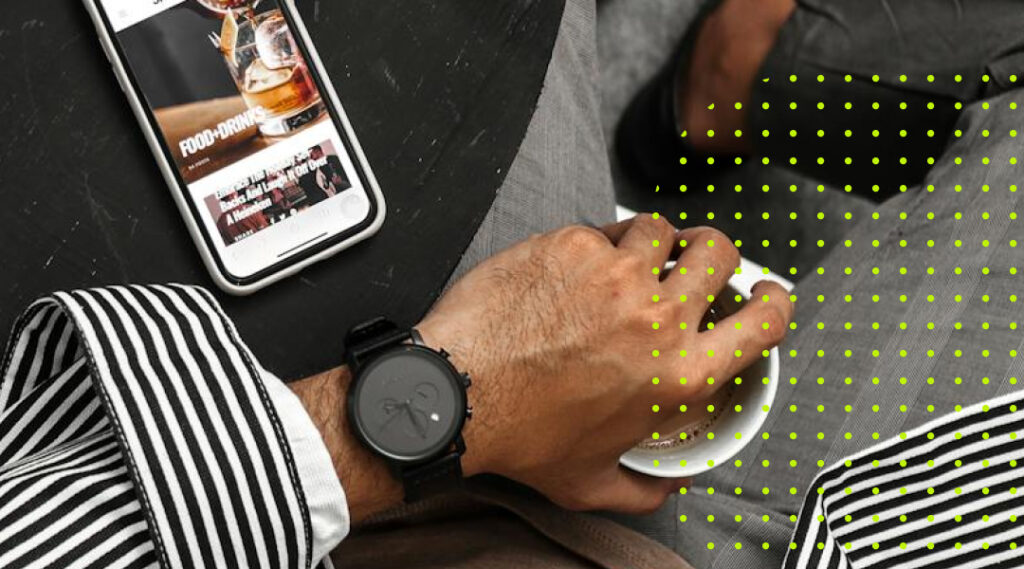Your website is often the first impression customers have of your brand, so making it memorable is crucial. A strong brand identity isn’t just about a logo or colour palette—it’s about the way your entire website communicates your values, tone, and personality.
In today’s highly competitive market, the way your website presents your brand can make or break a sale. But how do you ensure that your website effectively reflects your brand and connects with your audience? Let’s break it down.
1. Start with Your Logo and Colour Scheme
Your logo is the face of your brand. It’s the visual representation that will be remembered and recognised across different platforms. Your website should prominently feature your logo, ensuring it’s easy to spot at the top of every page, typically in the header.
But a logo is just the start. Your colour palette plays a huge role in setting the mood and tone of your site. If your brand is all about energy and vitality, opt for vibrant colours like bold reds, yellows, or greens. If you’re positioning yourself as a luxury brand, deep blues, golds, and blacks can communicate sophistication.
Colour theory can also affect how users feel when they visit your website. Red may evoke urgency or excitement, while blue can foster trust and calm. Choose colours that not only look good but also align with your brand’s core values and messaging.
2. Define Your Brand’s Voice and Tone
The tone of your website should match the personality of your brand. Are you friendly and approachable? Professional and authoritative? Humorous or inspiring? Your website’s content, from copywriting to customer interactions, should reflect this personality consistently.
Think about the language you use. For example, if you’re targeting a youthful audience, you might use casual, upbeat language, while a corporate service might lean towards a formal, polished tone.
This consistency in tone will help visitors feel like they’re having a seamless experience with your brand, whether they’re reading a blog post, browsing products, or contacting you for support.
3. Create a User Experience That Reflects Your Brand Values
A well-designed user experience (UX) is essential for making a lasting impression. Your website should be easy to navigate, with intuitive menus and a logical flow from one section to another. A frustrating or confusing website can leave visitors with a negative impression of your brand, even if your product or service is top-notch.
Consider how your brand values tie into the UX. For example, if your brand is focused on sustainability, your website should reflect that with eco-friendly imagery, a minimalist design, and fast load times. If your brand is about luxury, you’ll want smooth animations, premium-quality visuals, and a sophisticated navigation system.
The way users interact with your site should reinforce what your brand stands for. A seamless, enjoyable experience will create positive associations with your brand and encourage repeat visits.
4. Consistent Imagery and Visual Elements
Visuals are incredibly important in establishing your brand identity. Every image, icon, and graphic should reflect your brand’s style and message. Whether you’re using high-quality photos, illustrations, or a mix of both, consistency is key.
If your brand leans into nature, for example, using images of lush landscapes or natural textures can create a harmonious connection. On the other hand, a tech start-up might use sleek, modern images that convey innovation.
Custom illustrations and icons are also an excellent way to enhance your brand’s uniqueness. Rather than using generic stock photos, invest in custom designs that fit your brand’s voice and story. These details will make your website stand out and feel much more personalised.
5. Mobile-Friendliness: A Must for Modern Branding
A strong brand identity isn’t just about aesthetics; it’s also about how your website functions. With over half of all web traffic coming from mobile devices, your website must be fully optimised for mobile browsing.
Ensure that your brand is represented consistently across all screen sizes. From clear, easy-to-read fonts to mobile-optimised images, your mobile site should be as user-friendly as your desktop version. Consider how elements like buttons and navigation menus work on smaller screens. A frustrating mobile experience can lead to lost opportunities and a damaged perception of your brand.
6. Use Clear Calls to Action (CTAs) Aligned with Your Brand
Your CTAs are one of the most important aspects of your website. They’re the gateways to conversions and engagement. But the way you design and phrase your CTAs should align with your brand’s tone and purpose.
For example, if you run a fitness brand, a CTA like “Get Started on Your Fitness Journey” might resonate well with your audience, while a more corporate brand might opt for something like “Request a Demo” or “Learn More.” The language should speak directly to your audience and guide them naturally toward the next step.
The design of your CTAs should also reflect your brand. Use colours that contrast well with the background, but ensure they still align with your overall colour scheme. A good CTA is visually appealing and hard to miss, but it should never feel out of place.
7. Be Authentic and Transparent
Consumers today are savvier than ever. They can spot a disingenuous brand from a mile away, so it’s vital to stay true to your brand’s core values and be transparent with your audience.
Your website should reflect the honesty and integrity of your brand. For instance, if sustainability is part of your ethos, showcase the steps you’re taking to reduce your environmental impact. If customer service is a key part of your brand, make sure users can easily contact you, and show them that you genuinely care about resolving their issues.
Authenticity builds trust. And when visitors trust your brand, they’re much more likely to become loyal customers.
Conclusion: Build a Brand That Lasts
Your website isn’t just a digital presence—it’s a powerful tool for building and reinforcing your brand identity. When every element, from visuals to language, works in harmony, your brand becomes instantly recognisable and memorable.
Start with a strong foundation by defining your brand values, logo, and tone. Then, ensure your website delivers a seamless experience that reflects those values across every page. With a solid brand identity, your website will do more than just attract visitors—it’ll create lasting relationships that turn casual visitors into loyal customers.




